I Spy a Tiny Camera Mystery
What happens when an archivist finds film in an old camera?
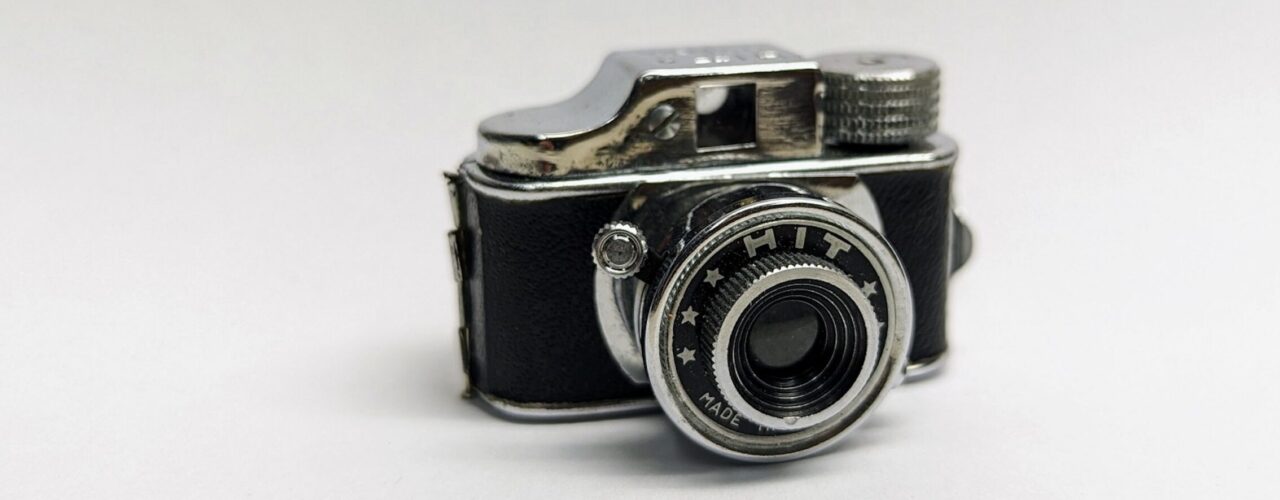
What happens when an archivist finds film in an old camera?
I have a soft spot for old, obsolete technology, which is perhaps why I became a digital archivist. The clunkiness of early models of new technology, before usability sands off the sharp edges. All of the buttons and dials and blinky lights! The way size and shape are all dependent on the different kinds of lives we lived decades and centuries ago.
So I was delighted to find a very small, very charming camera in an adorable leather case, with film still inside it, in the papers of nanotech and crystallography researcher Nadrian “Ned” Seeman.
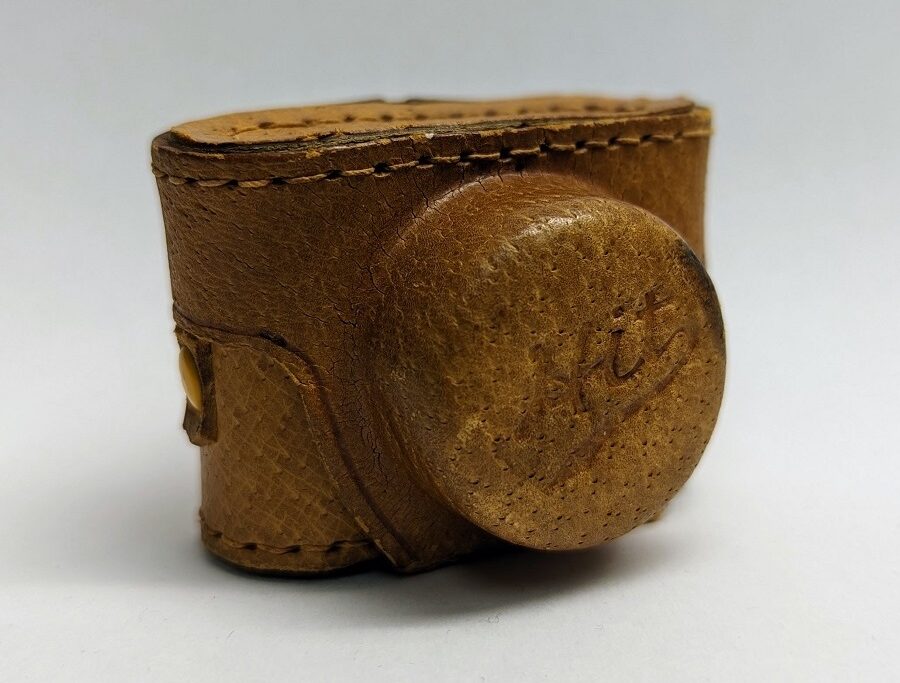
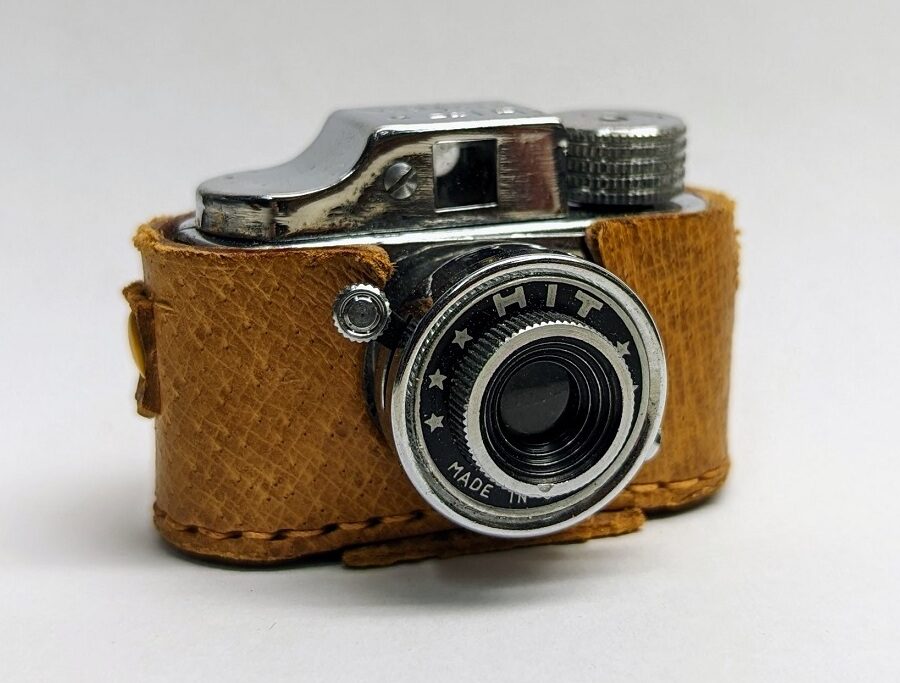
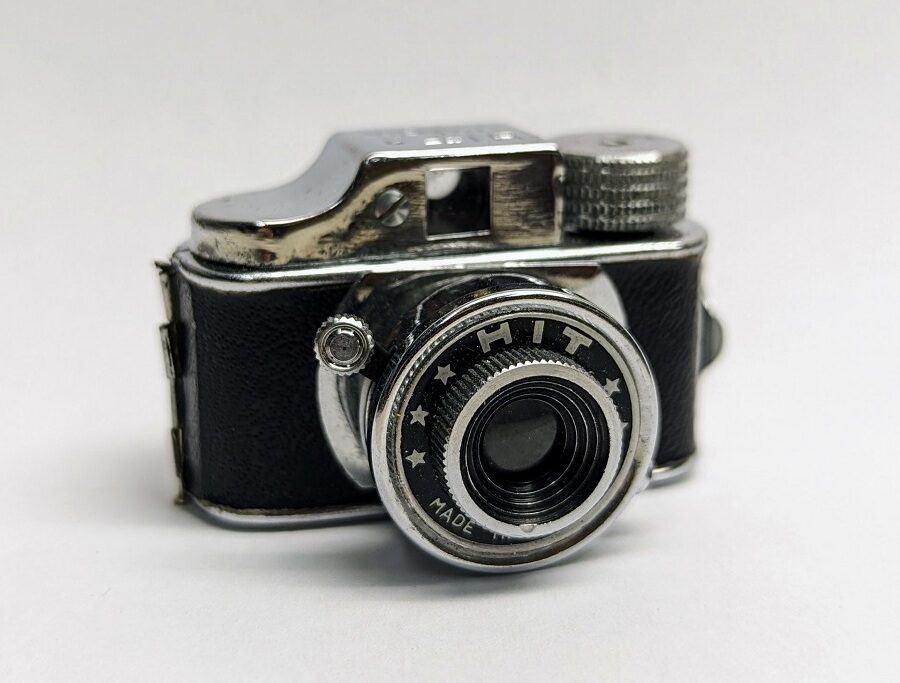
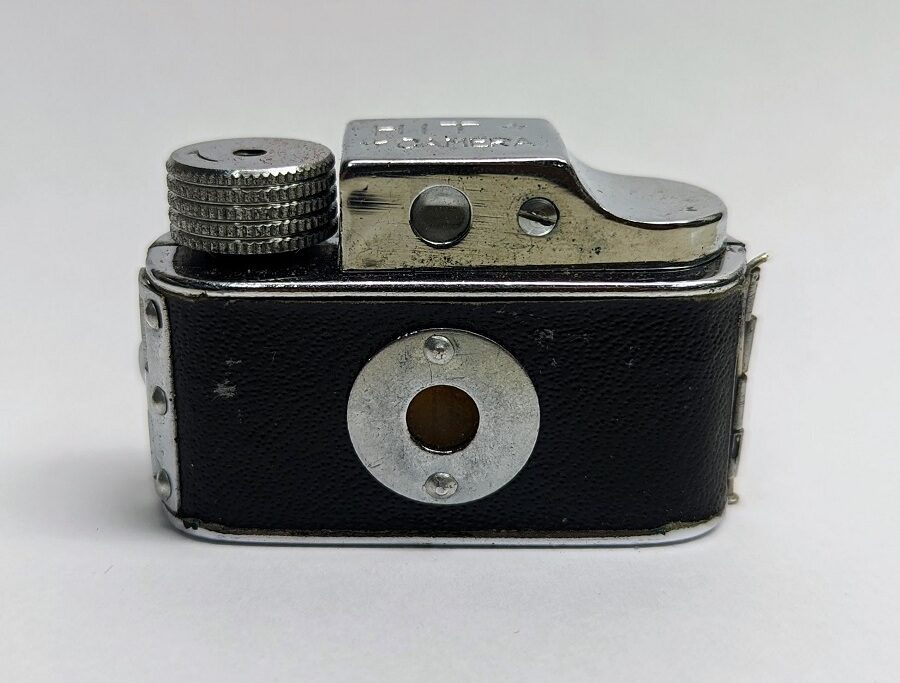
The Hit camera reveals itself.
This tiny beauty is a Hit-type or subminiature camera. It was developed in Japan in the 1930s as a response to material shortages after World War II and was available worldwide from the 1940s through the 1970s. Outside Japan, these cameras were novelty products—sometimes used as Christmas ornaments! They were also sold as “spy cameras” via advertisements in magazines and comics for children, although they were likely never used for real espionage work. These cameras were cheaply made, and so the images they produced were low-quality and therefore unsuitable for spy work.
Despite knowing these cameras were likely never used for espionage, I was intrigued by what could potentially be on the film. Given Ned’s birth year (1945) and the dates when these cameras were popular, these photos were probably shot in the 1950s through the 1970s, when he was a child, teenager, or young adult. Could they be family photos? Something related to the beginning of his academic career? Did he own and take tiny photos of a cat?
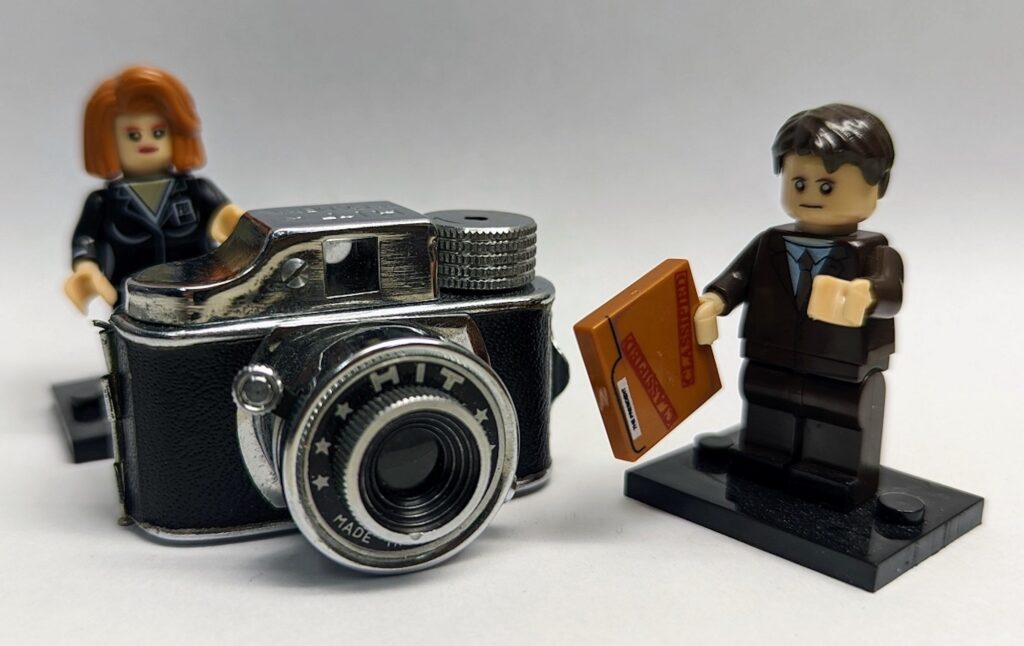
As it was—undeveloped and inside the camera—the film didn’t contain any accessible information for researchers. In this state, it was like a 16mm film reel, an 8-inch floppy disk, or even a VHS cassette tape: the contents of these items are inaccessible to today’s researchers who are only using their own hands and eyes to access historical information. So, an archivist needs to transform the contents into something new—often something digital—to make them accessible.
That’s what I decided to do with the film in this camera: get it developed and then digitize the images to include them in the Science History Institute Digital Collections. There was a risk that the film would be irrevocably damaged or destroyed, but it wasn’t accessible in the camera, and much like safe ships at harbor, that’s not where photographs are meant to stay.
The hard part was now finding a photo lab that could handle the film used in these subminiature cameras. These cameras don’t use the 35-millimeter film that’s most common nowadays; they use 17-millimeter, which was created by cutting 35-millimeter film in half lengthwise.
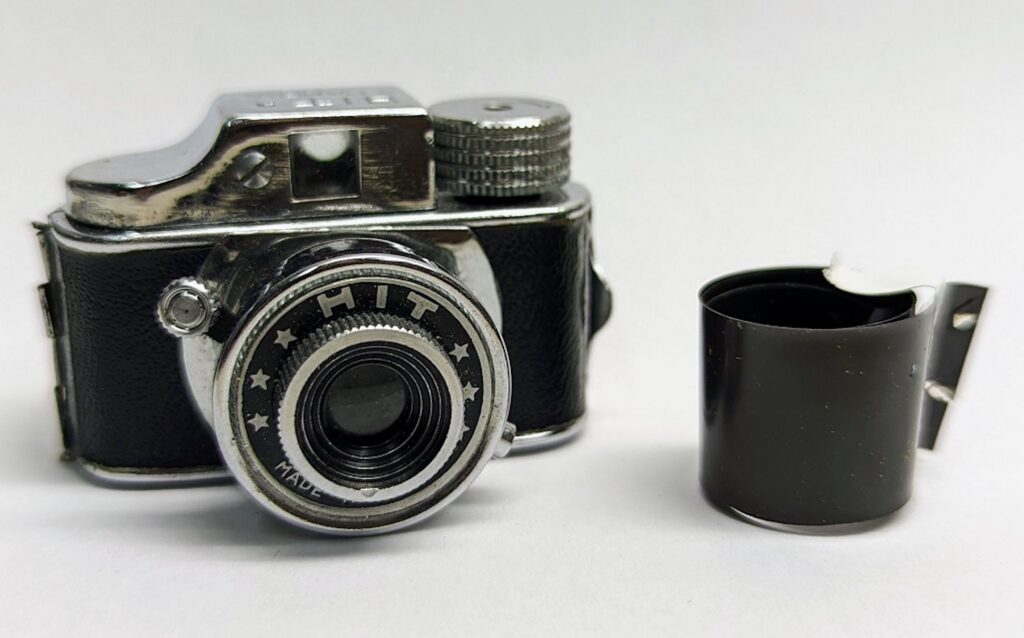
It turns out that most film developers, from the large chains to local photography hobby shops, can only develop more common film sizes (usually 35-millimeter, 120, and 220 film). And one of those shops told me that due to the way these processes are automated, you can’t just shove the wrong size film into the equipment used in the development process and get results.
Luckily, one of the photo labs I reached out to suggested Film Rescue International (FRI). FRI uses a proprietary process to develop old and expired film and they give their customers a lot of control over exactly what they want done with the film and what they want the final images to look like. They also don’t charge for images they can’t develop, which meant this process presented a low financial risk for us.
So I contacted FRI in July 2023, inquiring if they could even handle film this old and in this weird format. And yes, they could! But before sending it off, I noticed that there were still exposures left on the film. So naturally, I used the remaining exposures to take photos of our reading room and our woolly mammoth book cart, Oloch.
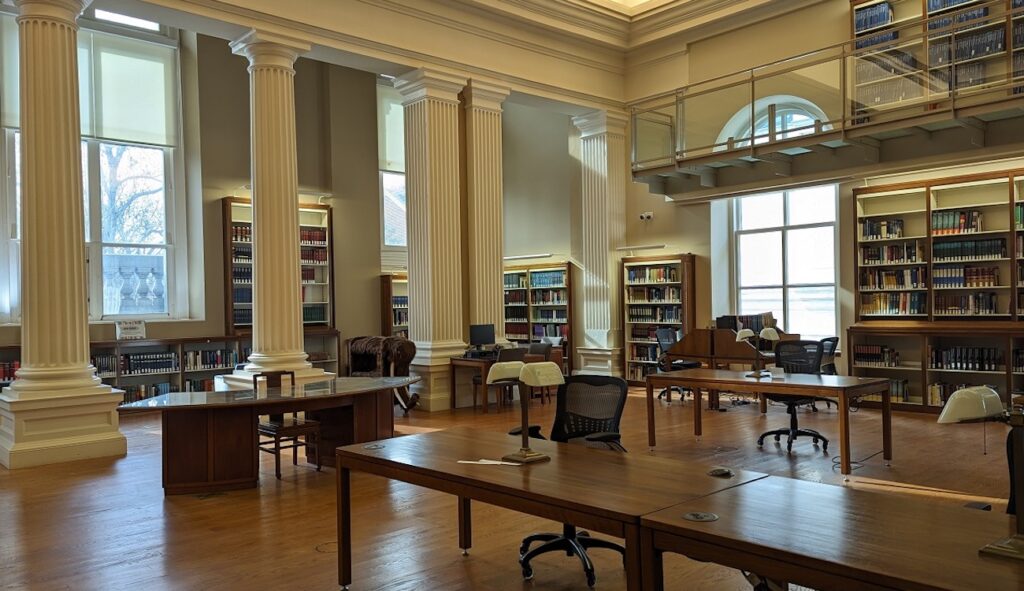
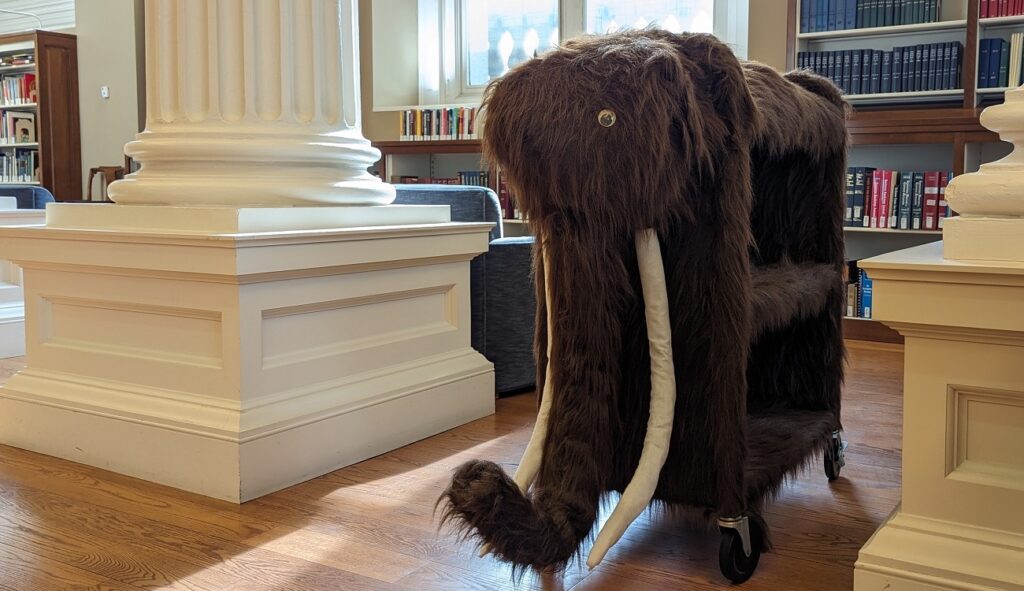
Left: The Othmer Library Reading Room; right: Oloch, our woolly mammoth mascot/book cart. Photos taken with an Android Pixel 6.
Best case scenario: we get very cool, vintage-looking photographs of our library’s hairiest staff member; worst case scenario: the film is too old to hold an image and we get nothing.
I carefully wrapped and packed the entire camera, film still inside, and sent it off to FRI. This was in August 2023. FRI processes their incoming film in batches, so Ned’s film wasn’t developed until October and when it was, we got . . .
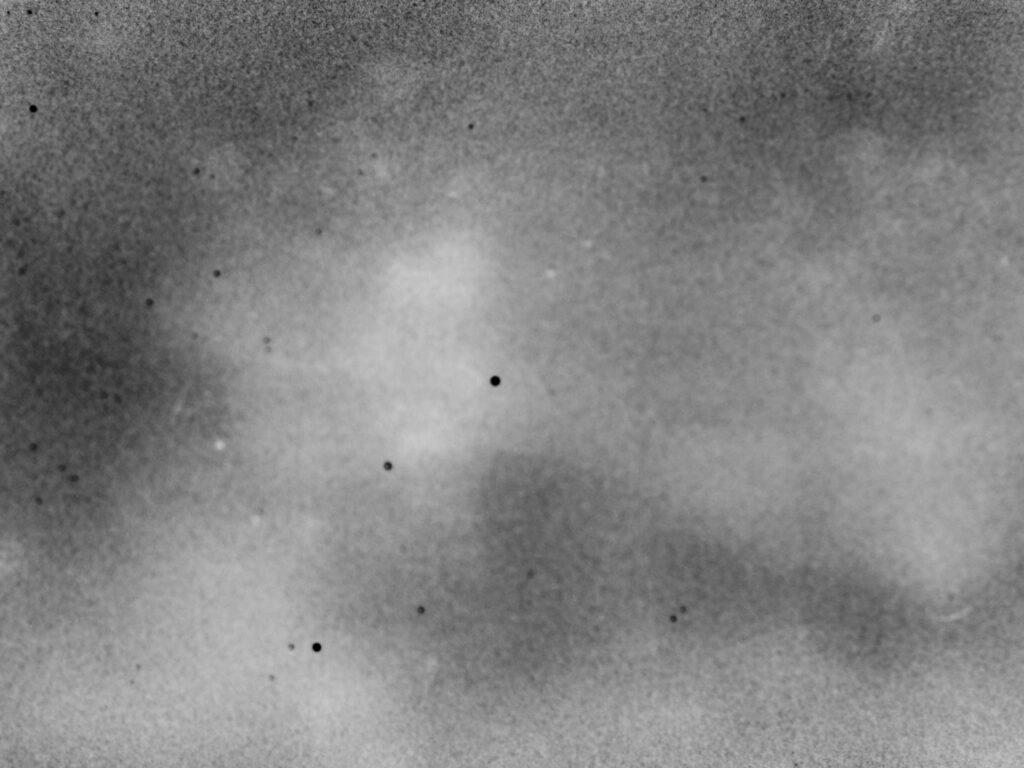
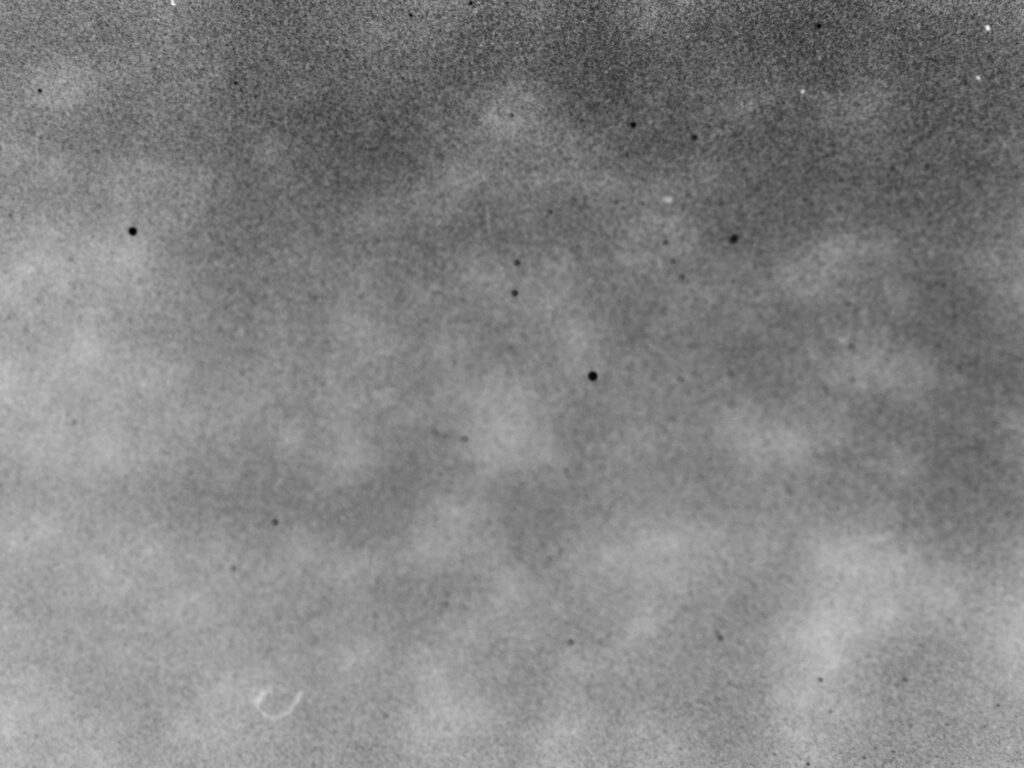
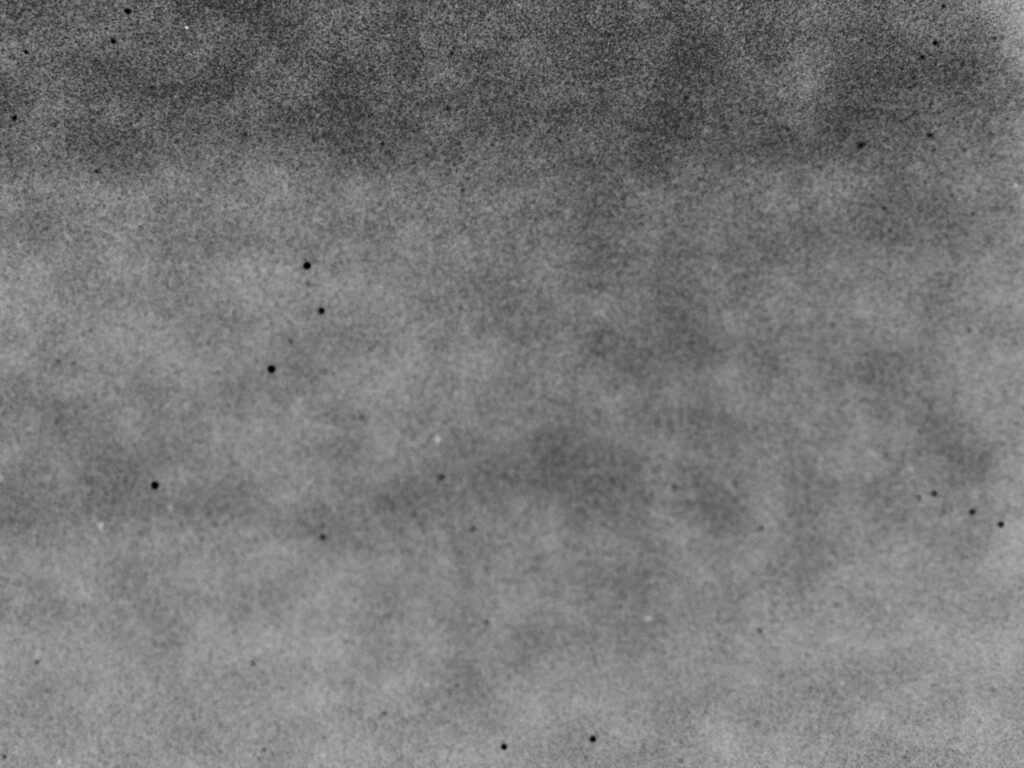
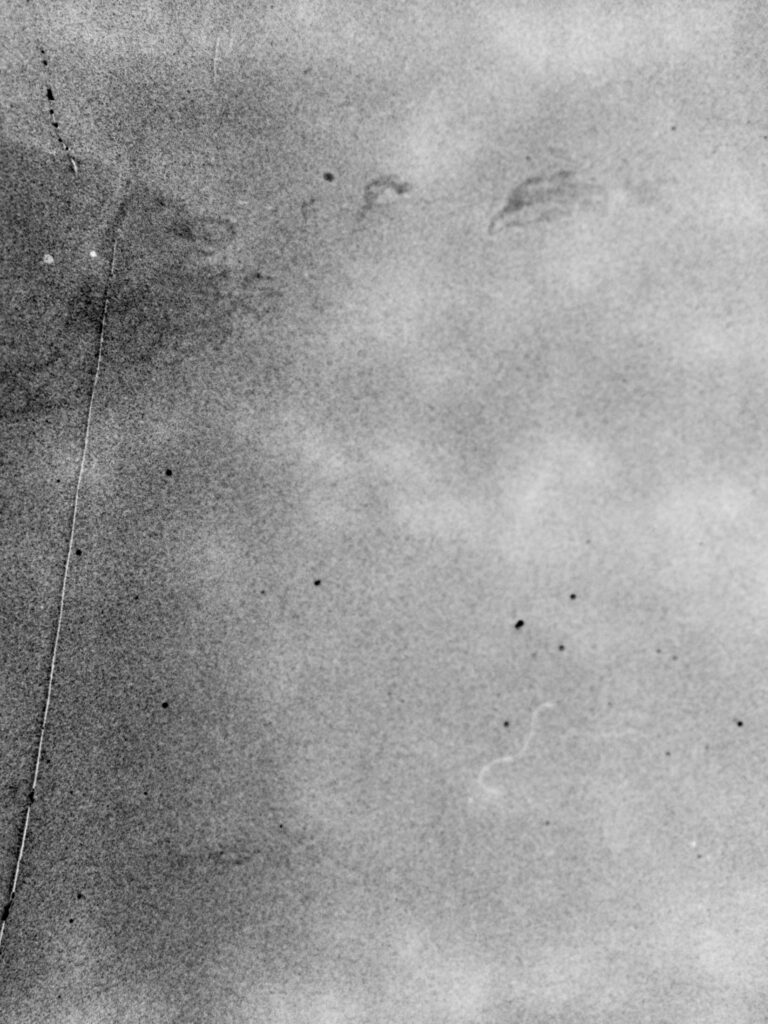
Processed images from the Hit camera.
. . . disappointment.
The film in this camera had likely long ago been ruined by age-related deterioration, poor storage conditions, improper handling, and/or a camera light leak. This resulted in “fogged” images that have no discernable content—true for both the old exposures shot decades ago and the new ones I took in our library. Alas, no cat photos from the 1950s and no stylish, vintage shots of Oloch.
But I learned a lot in the process of getting this film developed: about photographic film in general, about camera history, and about the importance of not letting your film sit for years and years. If you’ve got rolls sitting around in cannisters or in a camera, take this as your sign to get them developed today!
The collection of Ned Seeman’s papers that this camera comes from is currently unprocessed, meaning an archivist hasn’t cataloged and organized them, so they aren’t available to researchers in our library just yet. But when they are available, a finding aid (basically an inventory with additional information about who created the collection and what it contains) will be available in our archives database, sadly without any cat pictures.
Unwrapping the mystery of a Styrofoam Santa in our collections.
New World ingredients in Old World dyes.
How a Jewish scientist’s intellectual property became a lifeline in his journey from Nazi Europe to the United States.
Copy the above HTML to republish this content. We have formatted the material to follow our guidelines, which include our credit requirements. Please review our full list of guidelines for more information. By republishing this content, you agree to our republication requirements.